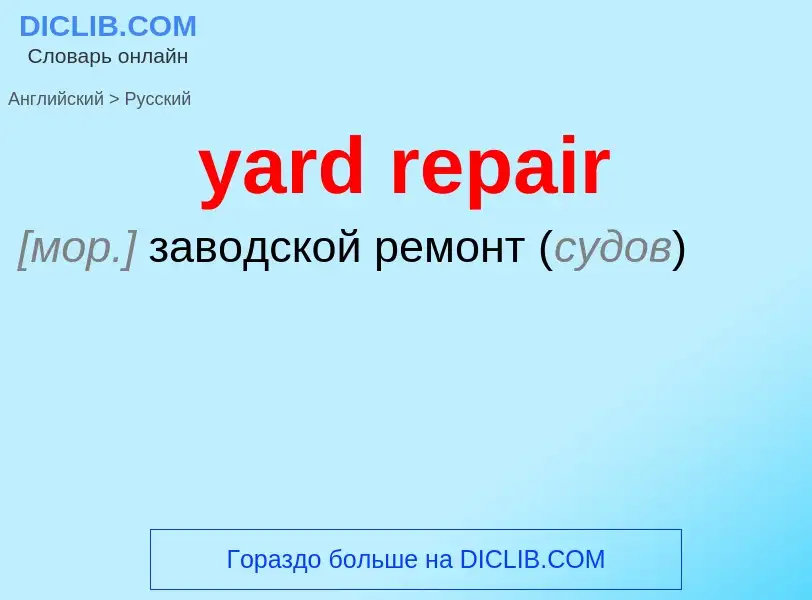Tradução e análise de palavras por inteligência artificial ChatGPT
Nesta página você pode obter uma análise detalhada de uma palavra ou frase, produzida usando a melhor tecnologia de inteligência artificial até o momento:
- como a palavra é usada
- frequência de uso
- é usado com mais frequência na fala oral ou escrita
- opções de tradução de palavras
- exemplos de uso (várias frases com tradução)
- etimologia
yard repair - tradução para russo
общая лексика
грузовой двор
железнодорожное дело
станция железнодорожная
строительное дело
товарный двор (склад)
Definição
Wikipédia

Nucleotide excision repair is a DNA repair mechanism. DNA damage occurs constantly because of chemicals (e.g. intercalating agents), radiation and other mutagens. Three excision repair pathways exist to repair single stranded DNA damage: Nucleotide excision repair (NER), base excision repair (BER), and DNA mismatch repair (MMR). While the BER pathway can recognize specific non-bulky lesions in DNA, it can correct only damaged bases that are removed by specific glycosylases. Similarly, the MMR pathway only targets mismatched Watson-Crick base pairs.
Nucleotide excision repair (NER) is a particularly important excision mechanism that removes DNA damage induced by ultraviolet light (UV). UV DNA damage results in bulky DNA adducts - these adducts are mostly thymine dimers and 6,4-photoproducts. Recognition of the damage leads to removal of a short single-stranded DNA segment that contains the lesion. The undamaged single-stranded DNA remains and DNA polymerase uses it as a template to synthesize a short complementary sequence. Final ligation to complete NER and form a double stranded DNA is carried out by DNA ligase. NER can be divided into two subpathways: global genomic NER (GG-NER or GGR) and transcription coupled NER (TC-NER or TCR). The two subpathways differ in how they recognize DNA damage but they share the same process for lesion incision, repair, and ligation.
The importance of NER is evidenced by the severe human diseases that result from in-born genetic mutations of NER proteins. Xeroderma pigmentosum and Cockayne's syndrome are two examples of NER associated diseases.






![A large [[Amtrak]] and [[Metra]] coach yard in [[Chicago, Illinois]]. About 25 percent of all rail traffic in the United States travels through the Chicago area. A large [[Amtrak]] and [[Metra]] coach yard in [[Chicago, Illinois]]. About 25 percent of all rail traffic in the United States travels through the Chicago area.](https://commons.wikimedia.org/wiki/Special:FilePath/Chicago (3).jpg?width=200)
![Yard for [[Amtrak]] equipment, located next to the [[Los Angeles River]]. The two tracks on the left are the mainline. Yard for [[Amtrak]] equipment, located next to the [[Los Angeles River]]. The two tracks on the left are the mainline.](https://commons.wikimedia.org/wiki/Special:FilePath/Railyard LA river.jpg?width=200)
